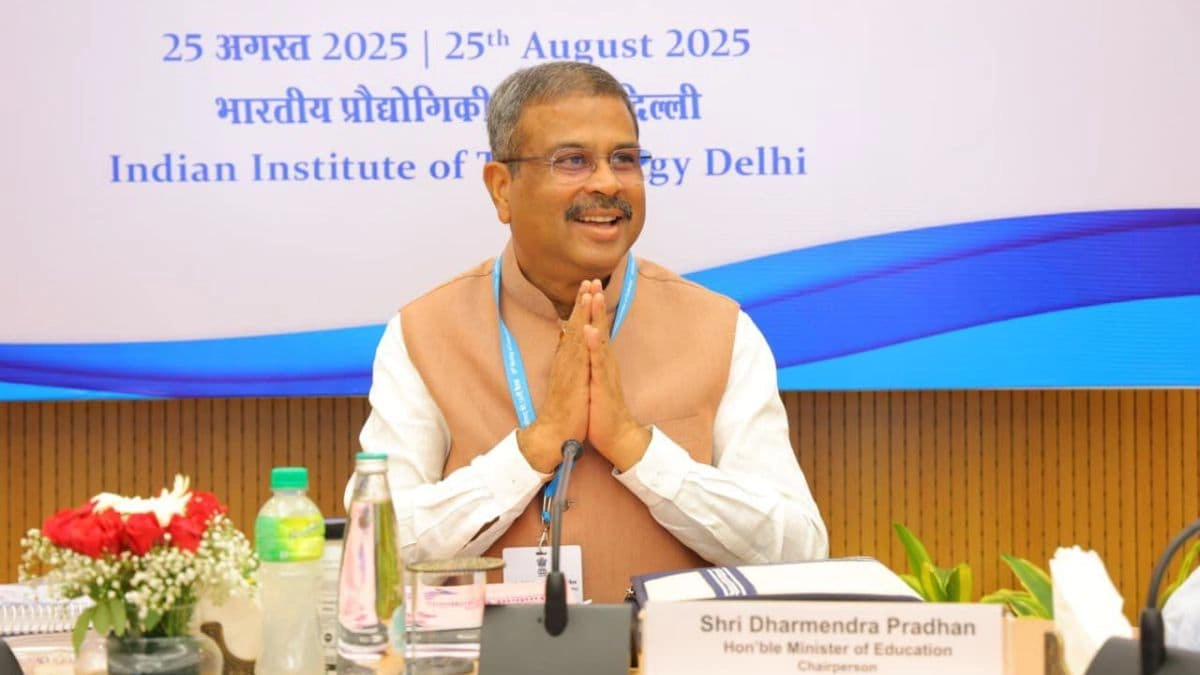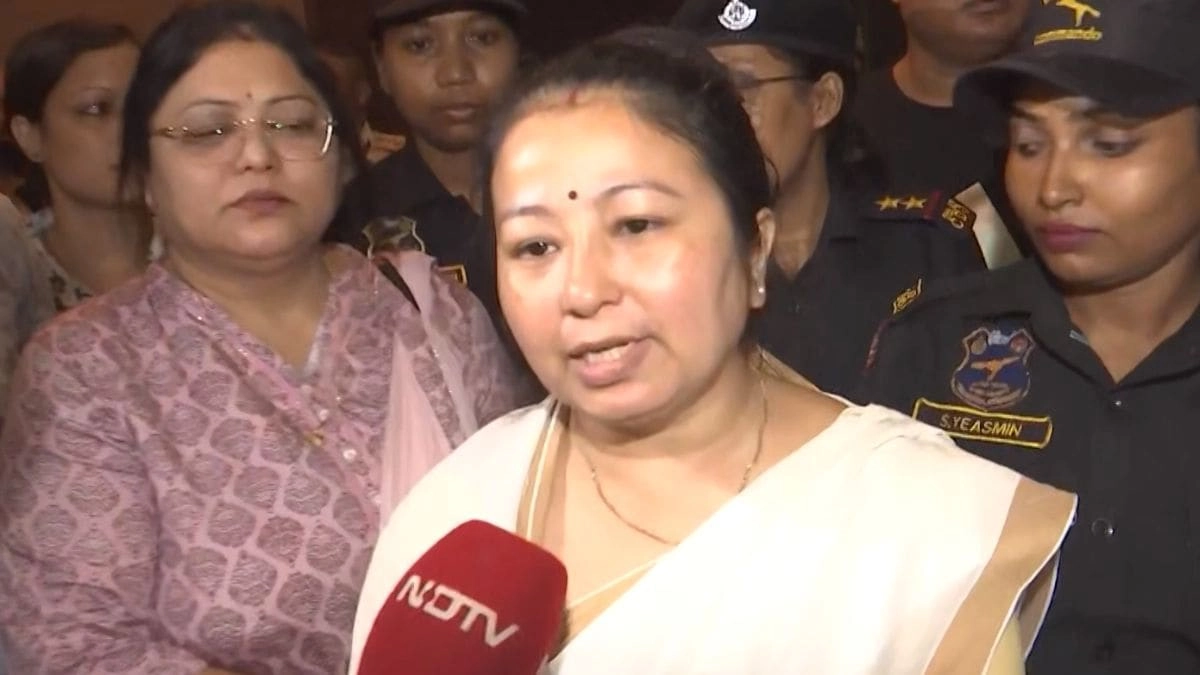In a significant development in Maharashtra, the state government has decided to keep schools open on July 8 and 9, even in the face of widespread protests organized by thousands of teachers. The decision comes as a response to ongoing grievances expressed by educators over various issues, including pay disparities, working conditions, and demands for better resources in schools. Despite the potential disruption caused by the protests, the government aims to maintain continuity in education for students during this period.
The protests have gained considerable momentum, with teachers across the state uniting to voice their concerns. Many educators argue that the current educational system is not adequately supporting their needs and that their demands have been largely overlooked by the authorities. They are advocating for fair compensation, improved working conditions, and increased investment in educational infrastructure. These protests highlight the critical role that teachers play in shaping the future of the education system, and their determination to fight for their rights is evident.
The government’s decision to keep schools operational during the protests reflects a complex balance between maintaining educational stability and addressing the valid concerns raised by educators. While the intention is to minimize disruption for students, it also raises questions about the effectiveness of the government’s approach to resolving the underlying issues faced by teachers. The situation in Maharashtra serves as a reminder of the ongoing challenges within the education sector and the need for dialogue between educators and policymakers to foster a more supportive environment for teaching and learning.
As the protests unfold, it will be essential to monitor the responses from both the government and the teaching community. The resolution of these issues will require open communication and a willingness to collaborate on solutions that benefit both teachers and students alike. The outcome of this situation may set important precedents for how educational grievances are addressed in the future, potentially influencing policies and practices in other regions as well.




